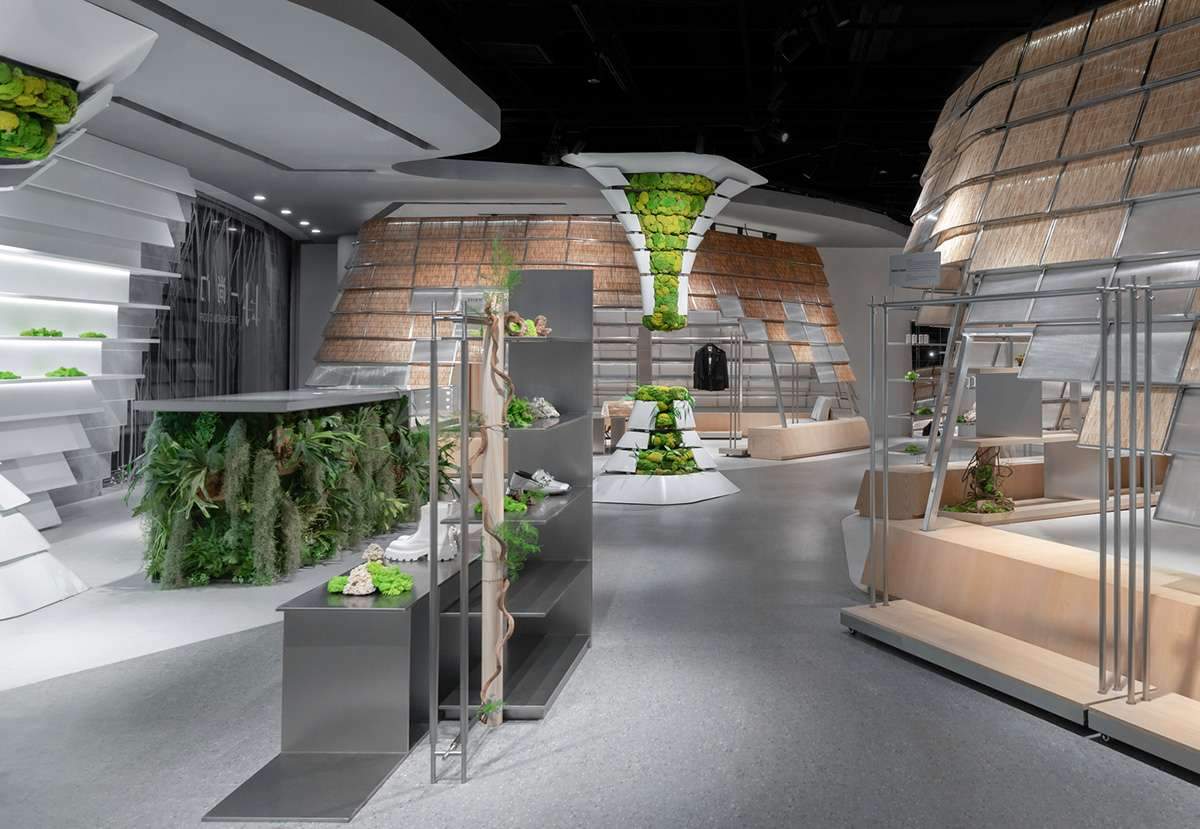Using the language of photography to achieve constancy in architecture
Using the language of photography to achieve constancy in architecture,
Photography has always been likened to the visual language, as it is considered a formal discipline,
with generally accepted structure and recognizable motifs.
While using the metaphor of “photography as a language”,
the architectural photographer is placed between the architect and the audience,
in the role of translator and interlocutor for the architectural idea.
This approach raises several questions, such as, how distinctive can this explanation be?
To what degree does it depend on the visual language of the photographer?
and finally whether the peculiarities of architectural space invite or forbid the use of a particular photographic vocabulary,
while in the fifty years that have passed, the media platforms of architecture have exploded in number and diversity.

Using the language of photography to achieve constancy in architecture
Architecture is still primarily conveyed by image, however,
and instead of witnessing a parallel growth of photographic ‘accents’, the opposite is true.
Whereas, increased image smoothing is considered,
oftentimes driven by the need to present engineering as an easy-to-consume visual product.
It is expected to survive very short periods of interest in an environment of information oversaturation.
Although there are alternative approaches, they tend to operate on the fringes of commercial architectural photography,
employing buildings as a pictorial element in a photographic practice that is not concerned with architectural communication.
This type of photography is rarely commissioned by architects and belongs primarily to the world of fine art.
Rather than providing a descriptive representation of specific buildings and landscapes,
the photographer may choose to focus on the relationships between architecture and its ever-changing environment

Architecture is used in the photographer’s work as a lens that reflects, filters and translates landscapes;
However, at the same time, human constructs are treated as ‘found objects’ that have succumbed to nature,
leading the photographer to explore and rethink the world.
It often uses materials in architecture such as glass and overlapping layers of reflection in order to capture a multitude of viewpoints.
While this often happens when photographing the work of Japanese engineer Kengo Kuma,
the methodology is expanded by including transparent natural elements.
In addition to juxtaposing and combining several photographs in diptychs and collage technique.
Permanence and the illusion of immortality
A common motif in architecture photography, it often produces light entities that are self-reliant,
self-explanatory, and detached from any notion of aging.
However, the architecture, unlike its avatars, does not seem permanent in any way.
Countless human geography have come and gone,
landscapes dotted with ruins as they follow an inevitable cycle of decay and renewal.
Plant life grows to reclaim any space free from human activity,
the icons of singularity and intermediate permanence that recognize neither temporal difference nor site context,
that Japanese architect Kengo Kuma chose to call them “things.”
Yet architecture is not static as it interacts with daily and seasonal shifts,
and is inevitably an integral part of some kind of environment, whether natural or artificial as well as its cultural substrate.
Performance requirements are also determined by local climatic conditions,
available materials and established lifestyles.
While the image is autonomous and can be evaluated as a self-contained object, the reality of architecture is a chaotic web of dependencies.
which change over time and without which a complete understanding of the built space cannot be obtained,
as awareness of this context not only provides us with a better understanding of the architecture being depicted.

Using the language of photography to achieve constancy in architecture
It also provides a glimpse into the natural processes upon which it operates, and it is conceivable that they formed its original concept.
The architectural photographer hopes to contribute to the ever-expanding but not necessarily diversified field of architectural photography,
communicating the interests of the photographer and architect to a larger audience and opening a dialogue for the use of photography as an interpretive tool in the study of space.
Architectural photography also has the unused capacity of capturing transformations and thus informing the viewer, or the architect,
of the rich web of interrelationships between the building and its context.
Moreover, the use of architectural photography as a tool for analysis shows its potential as a visual language with great flexibility;
A language that welcomes play with the ambiguous play of words, thus testing not only the limits and expressive spectrum of the medium,
but also the perception of what is ultimately real.







